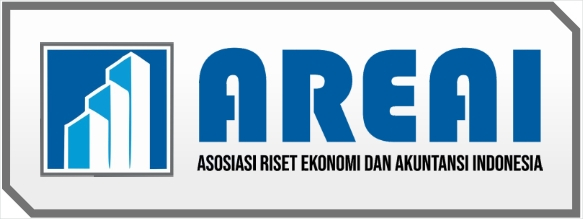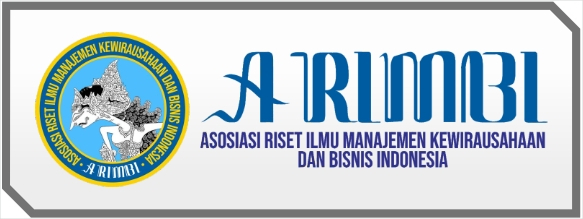Dampak Gaya Kepemimpinan Dan Motivasi Kerja Terhadap Kinerja Pegawai
DOI:
https://doi.org/10.61132/jiesa.v1i1.43Keywords:
Work Motivation, Employee Performance, Organization, ProductivityAbstract
This research aims to investigate the impact of leadership style and work motivation on employee performance in the work environment. Leadership style and work motivation are key factors that influence employee productivity and work results in an organization. This research uses quantitative methods by collecting data through questionnaires distributed to respondents consisting of employees at various levels in the organization. The results of data analysis show that leadership style and work motivation have a significant impact on employee performance. An effective leadership style and a high level of work motivation are positively related to increased individual and team performance. These findings provide an important contribution to the understanding of how these factors are interconnected and play a role in achieving organizational goals.
References
Afandi Fandi, 2018. Manajemen Sumber Daya Manusia Teori, Konsep dan Indikator. Zanafa Publishing, Pekan Baru.
Ansory dan Indrasari, 2018. Manajemen Sumber Daya Manusia Jl. Sidojo. Indomedia pustaka No. 195/JT/2018.
Edison, Dkk, 2017 Manajemen Sumber Daya Manusia, Bandung: Alfabeta.
Faidah Eka Wilda, 2019. Manajemen Sumber Daya Manusia dan Ergonomi unit Rekam Kerja Medis. Indonesia Pustaka, Sidoarjo.
Fahmi Irham ,2017. Manajemen kepemimpinan Teori dan Aplikasi. Cv.Alfabeta, Bandung.
Hamali, Arief yusuf 2016. Pemahaman Sumber Daya Manusia Strategi Mengelola Karyawan. Buku Seru Jakarta
Hamzah B. Uno, 2016. Teori Motivasi dan Pengukurannya, Bumi Aksara, Jakarta.
Hasibuan Malayu. 2019. Manajemen Sumber Daya Manusia. PT.Bumi aksara, Jakarta.
















